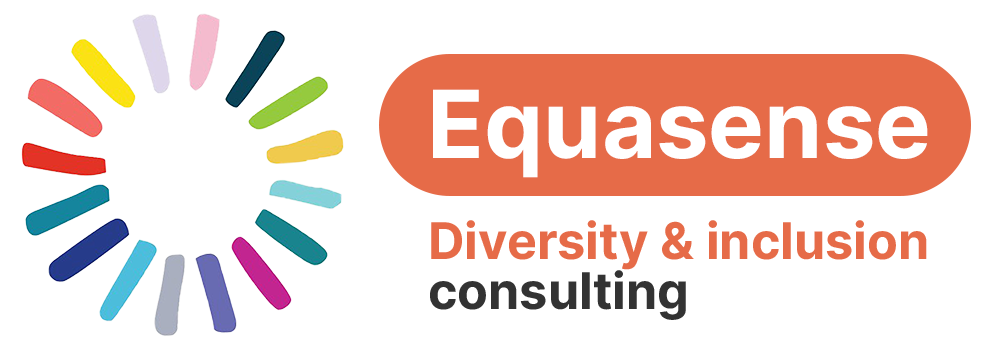A big part of being Consciously Inclusive is being proactive ahead of time, rather than reactive. This applies especially when designing or refreshing policies or processes, or introducing changes to the way people work in your organisation. Equality Impact Assessments are a formal tool that can be used in this way to ensure compliance with the Equality Act 2010, particularly in terms of the Public Sector Equality Duty. They are relatively common in local government, universities and other public sector employers. Different parts of the UK have different legal requirements around the completion and publishing of Equality Impact Assessments so always check what is relevant for you.
I carried out my first Equality Impact Assessment on an adhoc basis as part of a working group looking at plans to extend the teaching day within a university. I felt that this was a big enough impact that we should systematically look at the impact on different groups of staff and students. There are plenty of templates out there in the world that you can adapt for your own purposes – they all expect you to explain whether there is likely to be a particularly strong impact on any social group (potentially because of occupational segregation within roles, links to caring that may be gendered in your setting). You are asked for mitigation strategies to minimise any unequal impact.
Some places are reluctant to introduce very formal and frequent Equality Impact Assessments because a) ideally you need expertise of both the process/policy under consideration and Equality, Diversity and Inclusion to complete them, b) they are seen as time-consuming. If this sounds like your organisation, for Number 10 on the #22WaysToBeConsciouslyInclusiveIn2022 list, I suggest considering the following:
1. Prioritise the processes and policies that are the most likely to impact groups of people for detailed Equality Impact Analysis?
2. For a “lite” version, attach a front sheet to all major decision making papers that require people to note the likely impact of key groups in your organisation (this may be groups defined by protected characteristics but could be other interest groups e.g. staff, students, casual workers, part-time workers)
3. Having diverse representation on the decision making groups will help bring in different perspectives and increase the chance of identifying any unequal impacts – careful consultation with relevant staff networks can also be valuable.


Recent Comments